Connection Types
Welds, bolts, cold rivets, screws, power-actuated fasteners, and other special devices such as metal stitching and adhesives are generally used in cold-formed steel connections. The AISI North American Specification contains provisions in Chapter J for welded, bolted, screw, and power-actuated fastener connections, which are most commonly used [1]. But at the base, cold-formed steel structures are composed of microstructures called panels. These panels are constructed with individual profiles connected to each other. The most common way to connect the profiles to make a cold-formed steel panel is to use screws or rivets.
In comparison with hot-rolled sections, the behavior of connections in cold-formed steel, elements are influenced by the reduced stiffness of thin walls. Therefore, additional effects are, for example, the tilting (Fig.1) of the fastener in hole bearing failure under the shear distortion of the sheet when the fastener is loaded in tension and the sheet is pulled over the head of the fastener. This is the reason why specific technologies and related design procedures, either by calculation or calculation assisted by testing, have been developed for cold-formed steel structures [2]. The failure modes of screwed connections in shear are generally similar to regular bolted connections in hot-rolled steel. However, due to the fact that the connected materials are usually thin (or at least one of the connected parts is thin), usually does not fail in shear. Bearing, pulling, tearing and/or shearing of the material connected by screws and working in shear are possible failure modes.
![Tilting of the Screw [2]](https://arkitech.com.tr/media/uploads/2023/08/Figure-1.-Tilting-of-the-Screw-2.jpg)
Figure 1. Tilting of the Screw [2]
As a classical method, lipped C shape primary profiles intersect with an unlipped C section or track from both flanges (Fig.2). A minimum of one screw or rivet should be used for a flange. In some instances, screw quantity may be increased where more strength is required. In this way, shear and tilting resistance may be increased.
![Typical Connection in the Cold-Formed Steel Panel [1]](https://arkitech.com.tr/media/uploads/2023/08/Figure-2.-1-Typical-Connection-in-the-Cold-Formed-Steel-Panel.jpg)
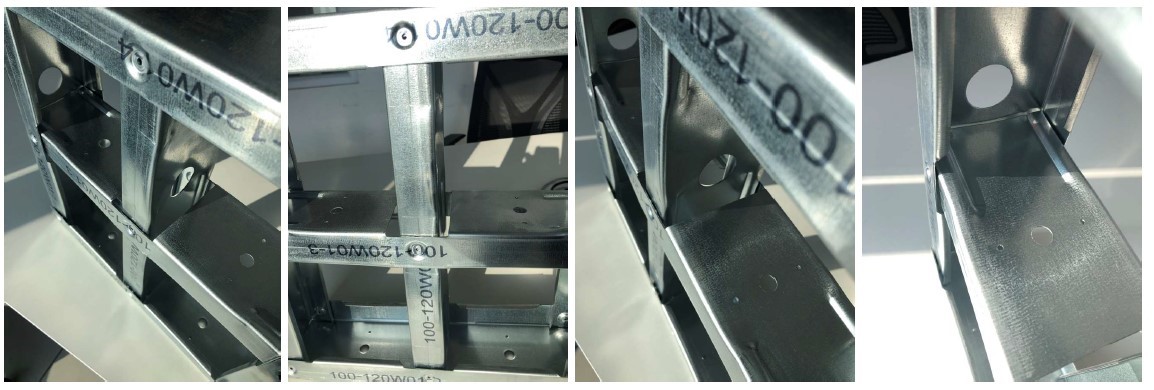
Figure 2. Typical Connection in the Cold-Formed Steel Panel
References
[1] Wei Wen Yu, Roger Laboube, (2020). COLD-FORMED STEEL DESIGN.
[2] Dubina, D.; Ungureanu, V.; R. Landolfo (2012). Design of Cold-Formed Steel Structures, ECCS.
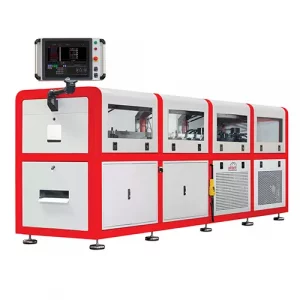
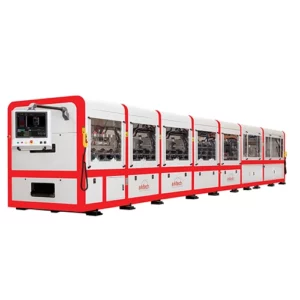
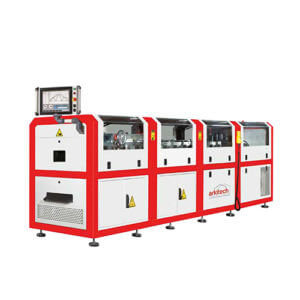
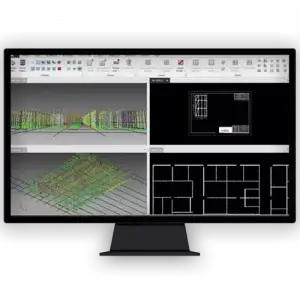
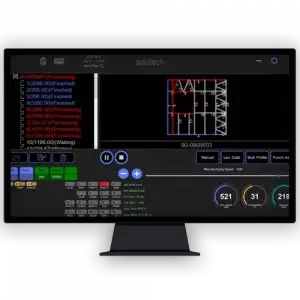
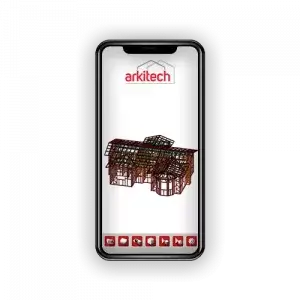
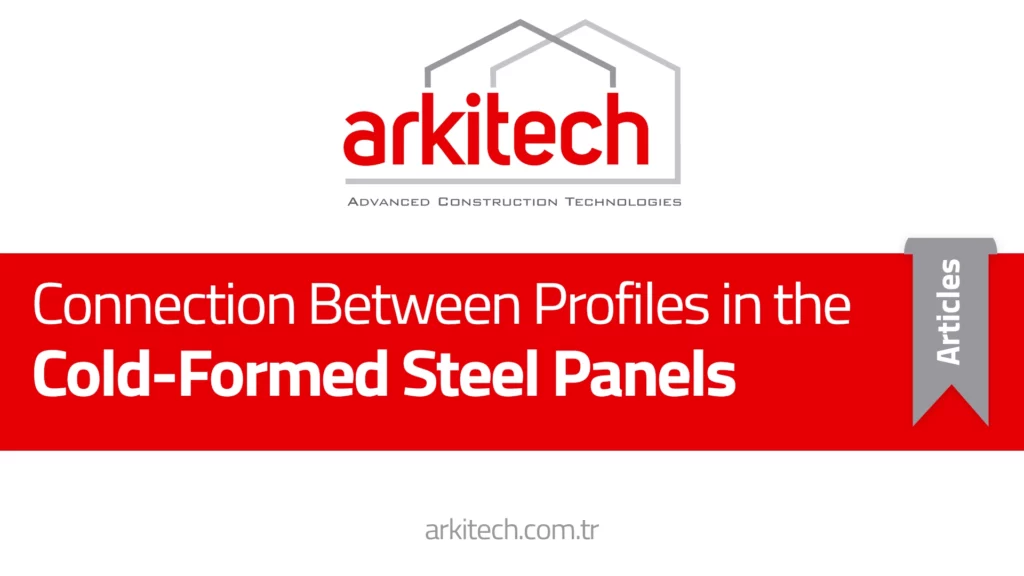

 by
by